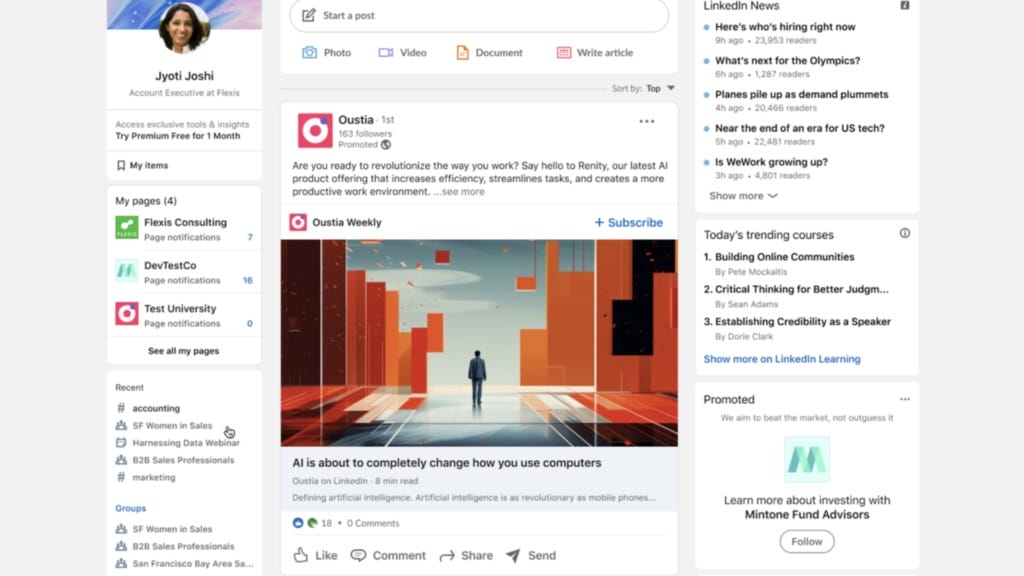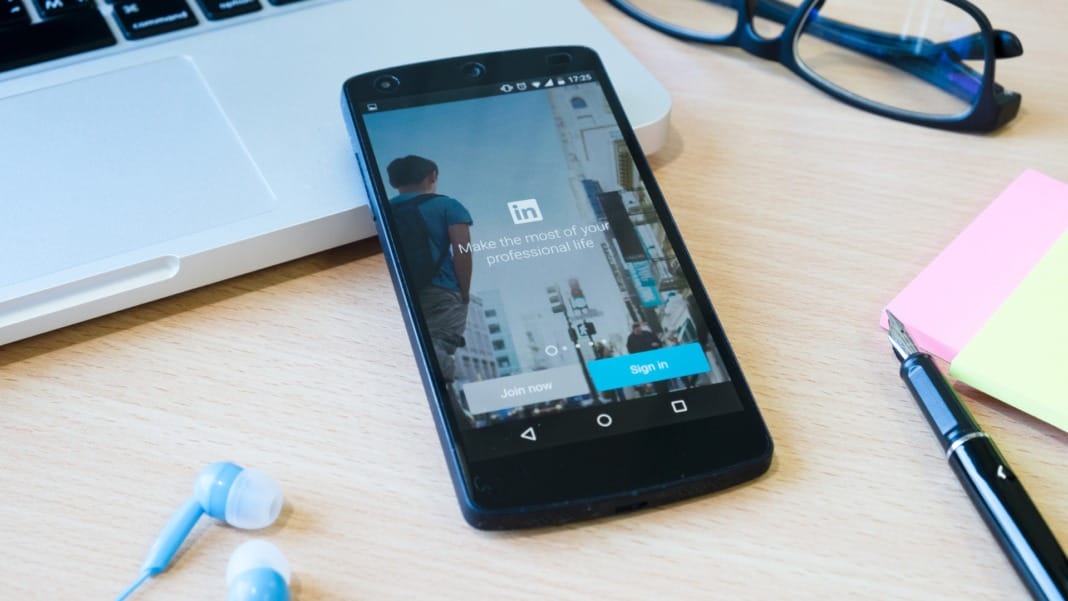A recent study by WARC Advisory, in partnership with The B2B Institute at LinkedIn and strategy expert Roger Martin, has shown that business-to-business (B2B) marketing campaigns that include a clear Customer Promise are three times more likely to enhance market share and 2.5 times more likely to improve brand health compared to those that don’t. Building on these findings, LinkedIn has launched a new feature: sponsored newsletters, designed to help marketers amplify their long-form content and reach new audiences effectively.
The strategic advantage of customer promises in B2B
The report titled “Making a promise to the business customer: Why Customer Promise campaigns are even more effective in B2B than B2C,” highlights that only 18% of B2B campaigns currently utilise Customer Promises, compared to 40% in B2C. This untapped potential presents a significant opportunity for marketers looking to impact their sectors substantially. Paul Stringer, Managing Editor at WARC, commented on the effectiveness of clear promises: “Customer Promises can make brands familiar by being memorable, valuable, and deliverable. They can cut through the noise and the messiness of decision making by offering a clear and simple articulation of the value delivered by a brand to its customers.”
This insightful report diagnoses the issues facing B2B marketers and offers a successful strategy for those looking to build brand awareness and reputation effectively. For detailed insights and to access the full report, visit the WARC Advisory website.
Leveraging LinkedIn’s sponsored newsletters to expand reach
In addition to the strategic benefits of Customer Promises, LinkedIn’s introduction of sponsored newsletters offers a practical tool for marketers to extend the visibility of their content. With over 184,000 newsletters on LinkedIn and a 59% increase in publication over the last year, this feature taps into a growing trend of content consumption on the platform. Engagement with newsletters has risen by 47%, indicating a robust appetite for detailed, thoughtful content among professionals worldwide.
Kevin Vlk, Brand Activation & Social Lead at Zoom, shared his positive experience with LinkedIn newsletters: “Making LinkedIn newsletters as part of our social strategy has been an invaluable tool for us to reach our Zoom audience, especially during our Zoom Workplace and Zoom AI Companion launches. Just in the past year, our subscriber count has grown 36% and article views are up 45% with a 550%+ increase in impressions and engagements.”
How sponsored newsletters work

This new feature allows marketers to either sponsor content from their own newsletters or from other members’ publications, upon receiving approval. This is facilitated through LinkedIn’s Campaign Manager, where marketers can select content to promote, enhancing their strategy to drive meaningful engagement and brand visibility globally.
Roger Martin, CEO Advisor and Strategist, emphasised the critical role of making a Customer Promise in B2B campaigns. “Making a Customer Promise in a B2B campaign is much more important and impactful than in a B2C campaign – across all important dimensions of performance. Yet the vast majority of B2B advertising campaigns are designed to be ineffective.”
By combining the power of Customer Promises with the innovative approach of sponsored newsletters, LinkedIn is providing B2B marketers with an enhanced toolkit to build brand awareness, improve market share, and achieve significant brand health in an increasingly competitive marketplace.





